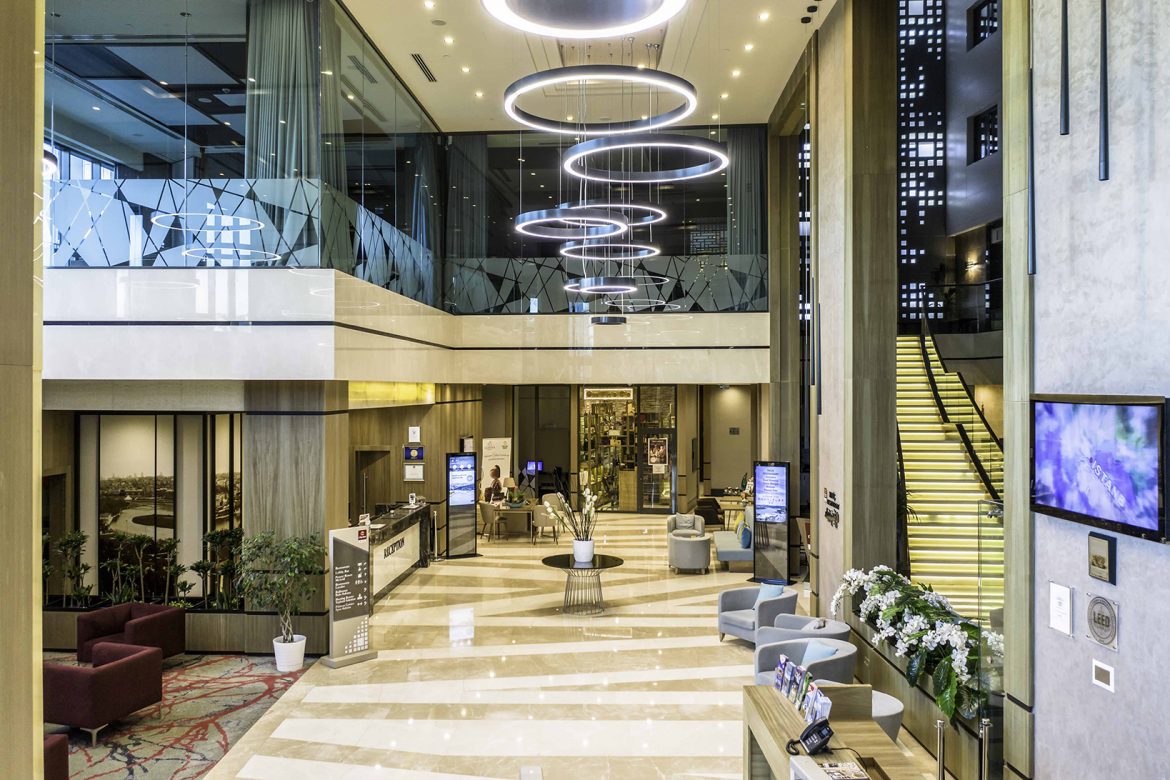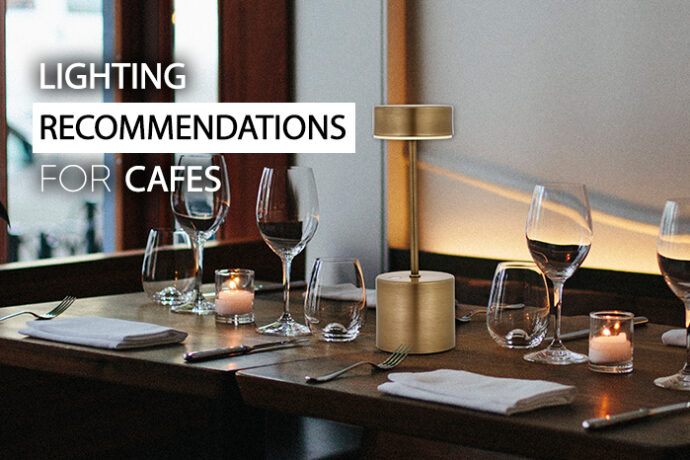About 30 percent of a hotel’s energy consumption comes from lighting costs. Reducing the energy spent on lighting will help both lower electricity bills and protect the planet.
When it comes to the Energy saving, there are some obstacles for hotels. Most of the lobbies and common areas need to be ready for guests at all time but hotel rooms are empty 60% of total accommodation time and this may cause a huge waste of energy.
Guests are probably the highest energy consumers and they do not worry about energy savings. They focus on enjoying their vacations.
What can be done to save energy without reducing the comfort of the guests?
Efficient lightings
By replacing all your lights with LED light sources, we can achieve high energy savings. If there is old generation LED lightings, it will be better to replace them with new generation LED light sources even though old lights have lifespan. It is important not to forget that LED lightings getting more efficient every year. Just as incandescent and halogen bulbs are extremely inefficient in terms of energy, the old generation LED lighting is also inefficient compared to the new ones. Using LEDs will also save you on the maintenance costs of your lighting.
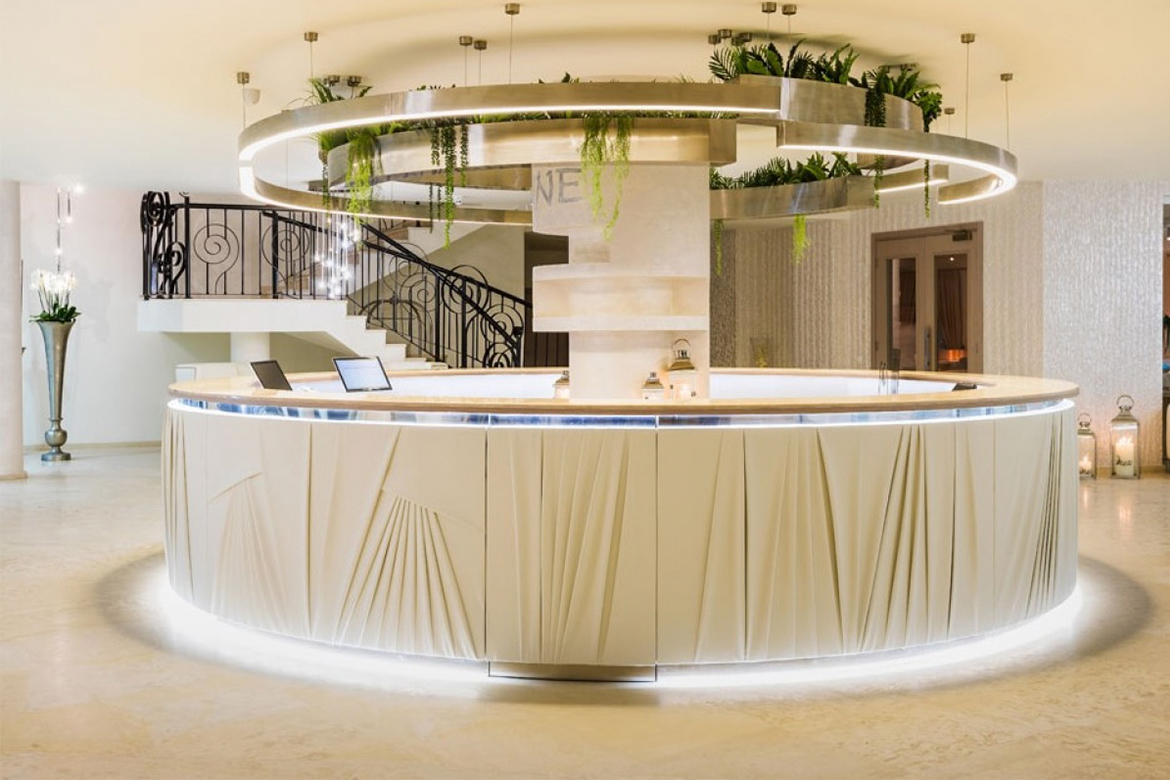
Is it enough to replace all lighting sources with LED lights in order to save energy?
What else can we do to save energy on lighting?
Use Dimmers
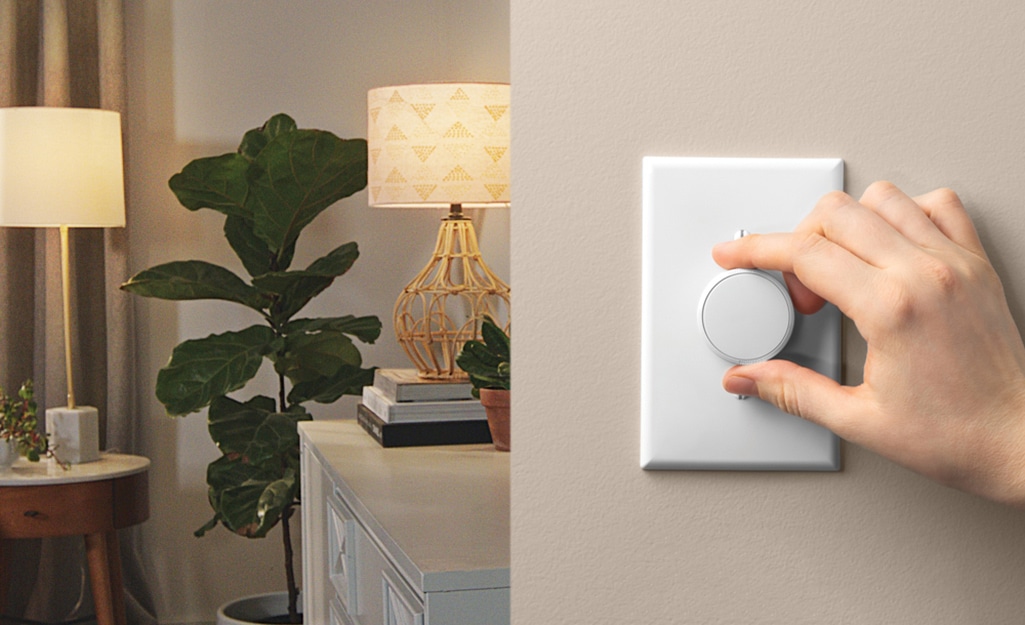
While LED sources and dimmers were not suitable for each other, they can work in harmony with today’s developments if the right products are used. All dimmers provide efficient energy saving even at highest level of lighting and it is getting more when reducing the lighting level. Dimmers are ideal in hotel rooms because they allow customers to adjust lighting level as desired and increase the customer satisfaction.
Use energy-saving key card switch
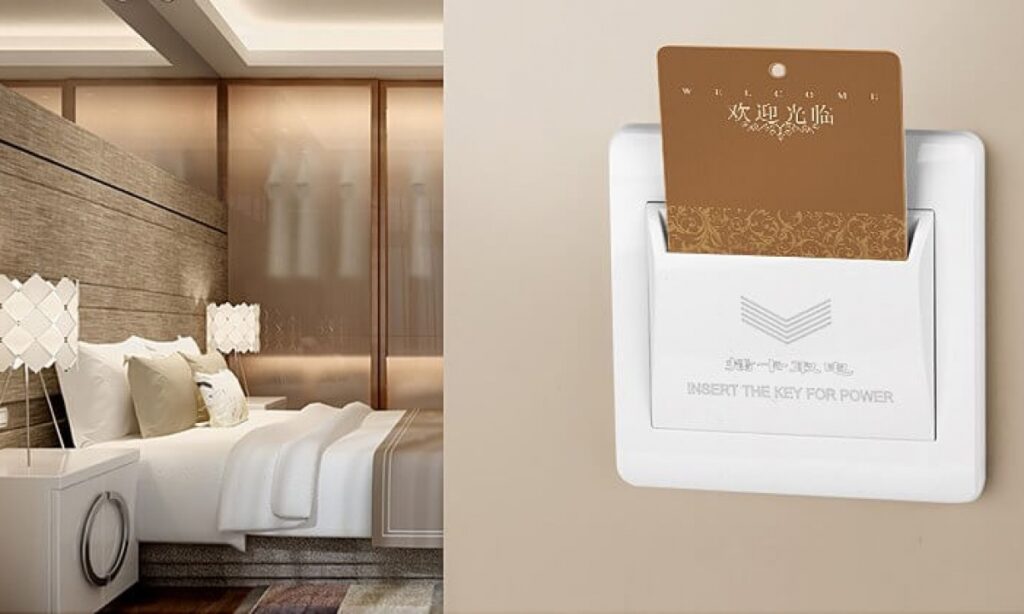
Guests turn on the electricity in the hotel room with the help of key cards which is given by reception. The lights are not energized until the room key card is inserted into the power switch. When guests want to leave the room, they remove the key cards from the power switch and take with them. This prevents the lights from being on when no one is in the room. With this system, only the rooms that are used are illuminated, unnecessary lighting is prevented in empty rooms.
Occupancy sensors
Why spend money to light up a space when no one is in it?
Occupancy sensors detect indoor activity in a given area. They provide convenience by automatically turning on the lights when a room is entered, and they save energy by turning off the lights of the room when the room is empty.
